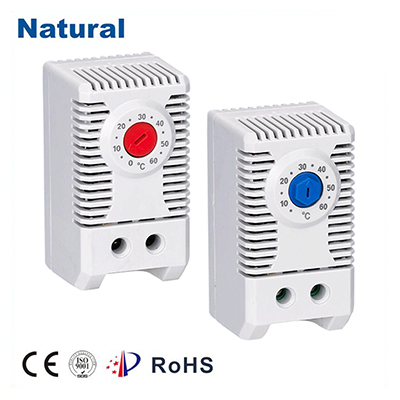A contact thermostat is an essential device used to regulate temperature in various heating and cooling systems. These thermostats work by opening or closing electrical contacts to control the temperature in a controlled environment. Widely used in homes, industrial applications, and appliances, contact thermostats provide a reliable and cost-effective method of temperature regulation. In this article, we will explore what contact thermostats are, how they work, their different types, and the key benefits they offer.

What is a Contact Thermostat?

A contact thermostat is a type of temperature control device that uses electrical contacts to either open or close a circuit when the temperature reaches a preset point. The thermostat senses the surrounding temperature through a temperature-sensitive component, such as a bimetallic strip, liquid-filled bulb, or thermistor. Based on the temperature reading, the thermostat triggers the contacts to either turn a heating or cooling system on or off, thereby regulating the environment’s temperature. The most common applications for contact thermostats include controlling HVAC systems, water heaters, and appliances like refrigerators and ovens. These thermostats are also crucial in industrial processes where precise temperature control is vital for maintaining efficiency and safety.

Leave a Reply